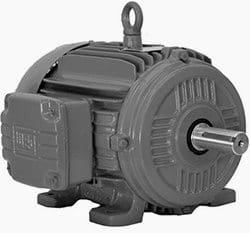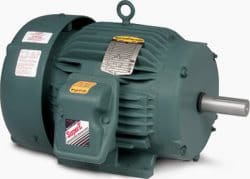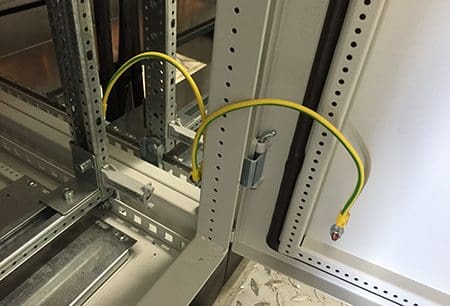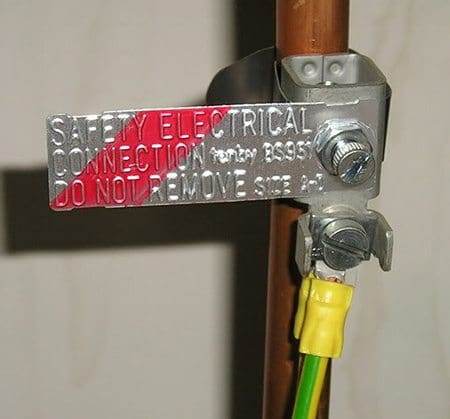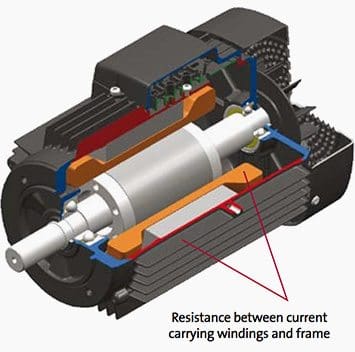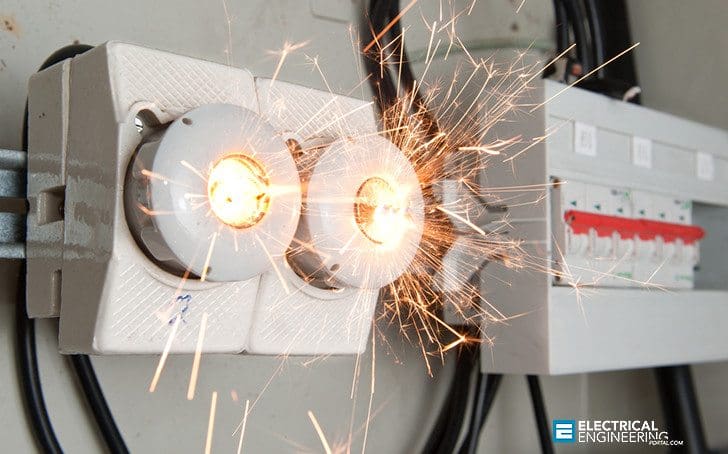Four Sensor ‘Poors’ To Avoid
Generally speaking, there are four ‘Poors’ that can lead to incorrectly installing instrumentation sensors:Each of above sensor ‘poors’ are described below, and by the way… have you read what is the mistake No.1 in an industrial instrumentation?
1. Sensor Placement
The best sensor can yield disappointing results if not installed correctly. Magmeters, for example, tend to generate noisy signals if the flow they’re measuring is turbulent. Bends, junctions, and valves in a pipe can all cause turbulence, thus magmeters work best when installed in sections of straight pipe.Temperature sensors are also sensitive to placement. Even a highly accurate RTD tucked in the corner of a mixing chamber will only be able to detect the temperature of its immediate vicinity. If the mixing of the material in the chamber is incomplete, that local temperature may or may not represent the temperature of the material elsewhere in the chamber.
Local temperature issues are the classic mistake that home heating contractors often make when installing household thermostats.
A mounting location closest to the furnace may be convenient for wiring purposes, but if that spot happens to be in a hallway or other dead air space, the thermostat will not be able to determine the average temperature elsewhere in the house. It will only be able to maintain the desired temperature in its immediate vicinity. The rest of the house may end up roasting or freezing.
2. Controller performance // Poor control
Poor control also results when a sensor is installed too far away from the associated actuator. A distant sensor may not be able to measure the effects of the actuator’s last move in time for the controller to make an educated decision about what to do next.Process of flattening hot steel
For example, consider the process of flattening hot steel into uniform sheets by means of two opposing rollers (see Figure 1 above). A thickness sensor downstream from the rollers gauges the sheet and causes the controller to apply either more or less pressure to compensate for any out-of-spec thickness.Click here to access the full article


